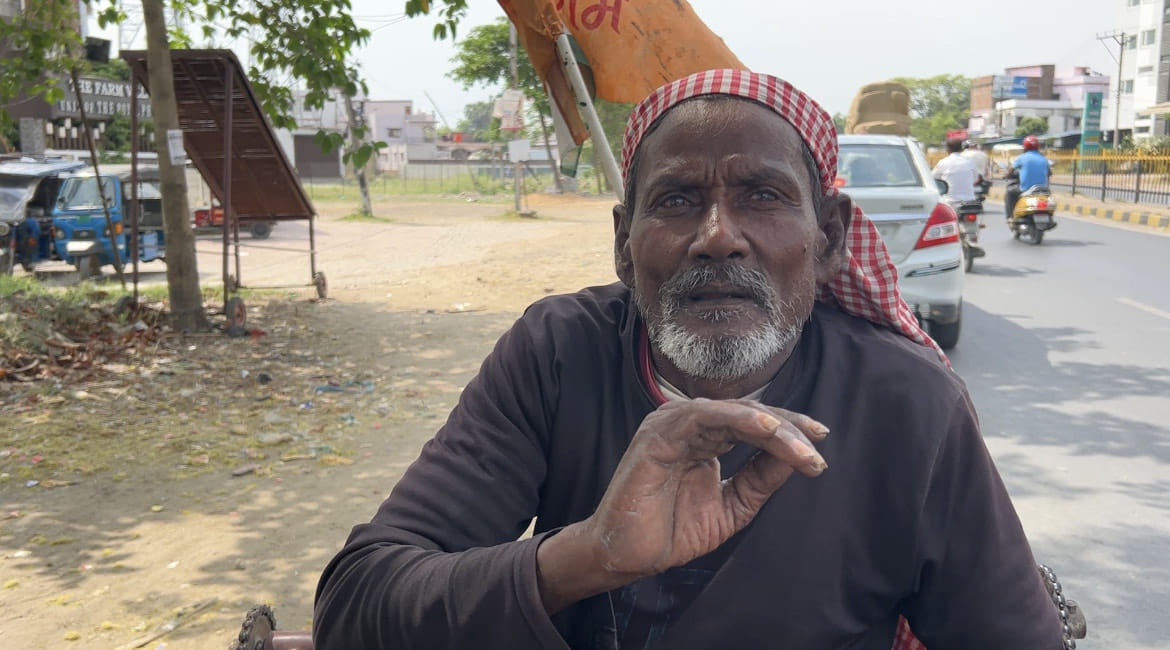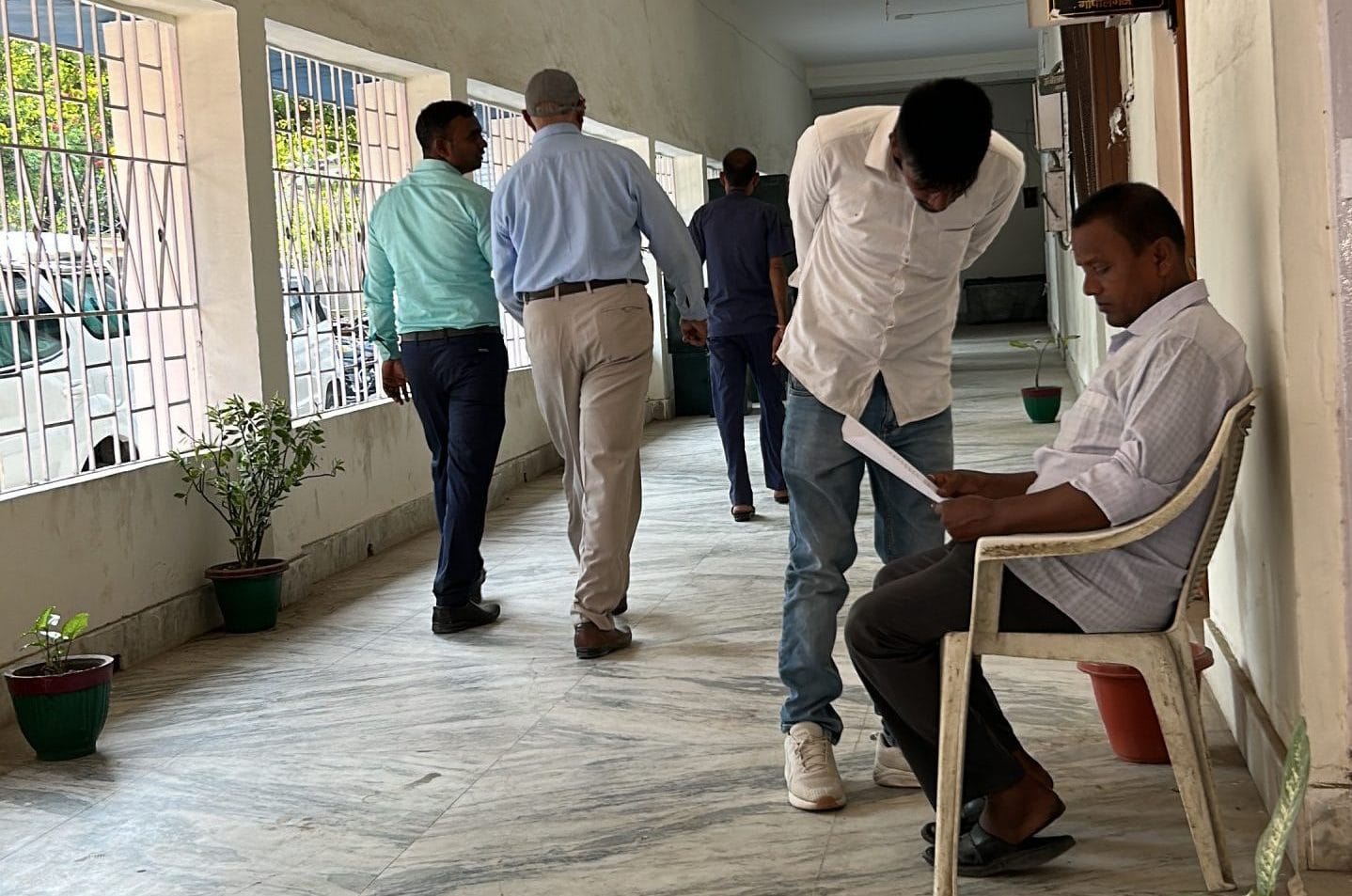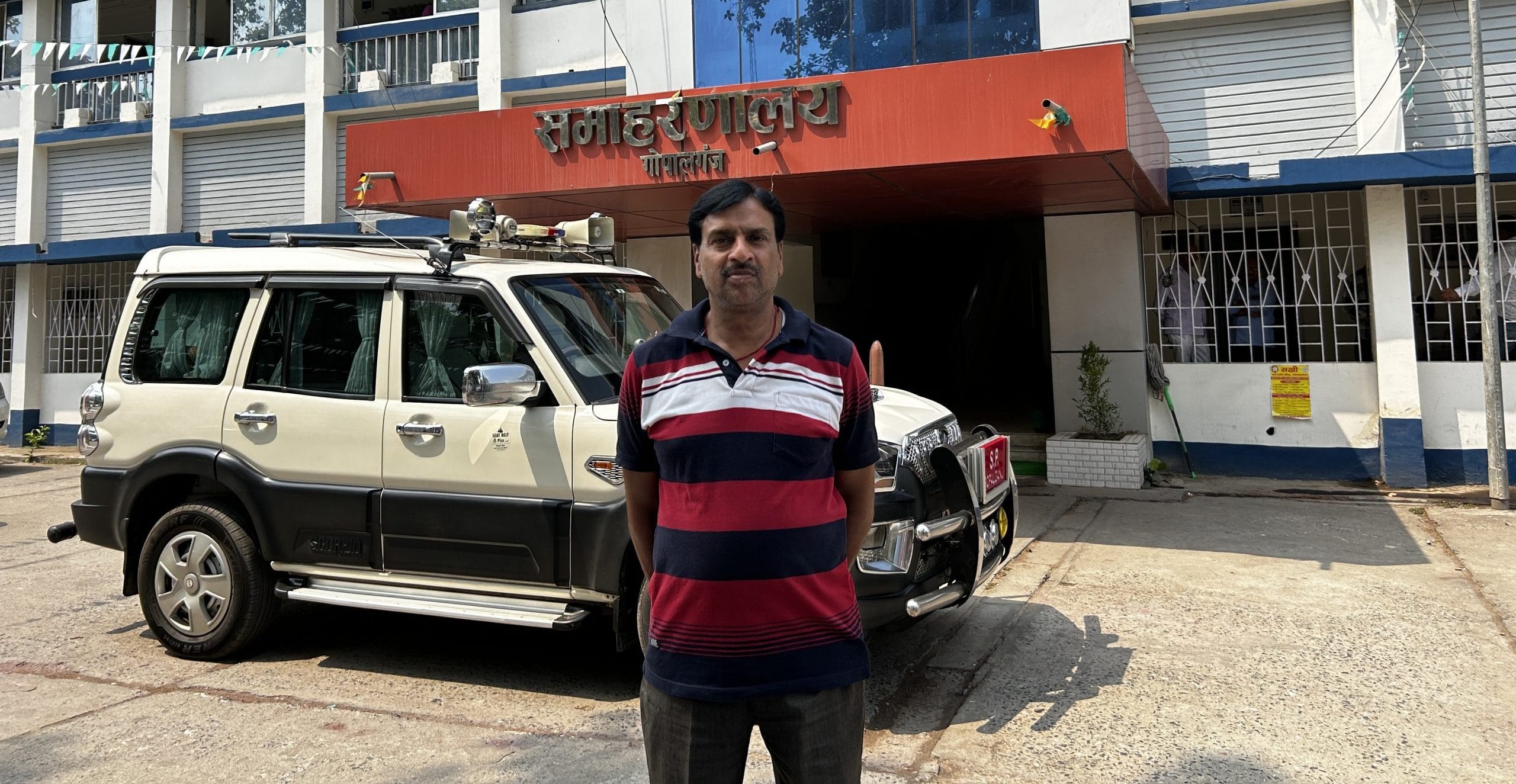When I discussed the story of gangster Anand Mohan Singh’s release from jail with my editors at ThePrint, we realised that to understand the enormity of Chief Minister Nitish Kumar’s decision required us to revisit the gruesome murder of IAS officer G Krishnaiah. It wasn’t going to be an easy task.
Krishnaiah, the magistrate of Gopalganj district at the time, was lynched by a mob almost three decades ago — on 5 December 1994. So tracing the survivors, eyewitnesses, lawyers, and police officers who investigated the case was always going to be a challenge.
But my story wasn’t about the Bihar government’s decision to tweak the Prison Manual that facilitated Singh’s release; nor was it about the release of a killer who was first awarded the death penalty which was then commuted to life imprisonment.
I wanted to look at Krishnaiah, an IAS officer from the Dalit community posted in Bihar of the 1990s, beyond a headline or a court document. And this could have only been done by travelling to his place, speaking to the people who knew and worked with him.
The crime scene
On 22 April, I left for Gopalganj, which was Krishnaiah’s last posting as district magistrate.
I toured the deep pockets in Muzaffarpur and Gopalganj, looking for older men and women to collect anecdotes about a man from Andhra Pradesh who came to their state to serve as an IAS officer.
Most people in their 50s and 60s vividly remember the incident.
However, people in Khabra village — located next to NH-28 where Krishnaiah and his driver and bodyguard were attacked by a mob — remained mostly silent. Few agreed to talk. One of them was Umesh Shah, who was 20 years old and had happened to be around the crime scene.
He never deposed in the court but this is what he told me:
“First they snatched the 6 round pistol from the bodyguard, then when they started pelting the collector with stones, I heard him pleading, “Mera kasoor kya hai? Mera kasoor to batao (What is my fault? Please tell me what I have done).”
“Bheed kasoor thode batati hai,” he said. (A mob doesn’t talk or tell the reason)

As I crossed more towns toward Gopalganj, I kept asking people if they remember DM G Krishnaiah. “Oh! DM Hatyakand?”
The story of the gruesome murder has also been passed on to the next generation. But the younger people haven’t seen his photos and don’t know how he was as a person.
It made more sense to me to tell a story from the 1990s to a generation that has moved on.
At the Gopalganj Collectorate, I interacted with the clerks and head clerks (known as babu and bada babu), I found that most people who worked with Krishnaiah have either retired or are no longer alive.
But some are still working, away from the public and media glare.

Also read: IAS officer lynched by mob. 30 yrs on, a statue, angry cadre, and a smiling CM with the killer
The main eyewitness
Deepak Kumar, 50, is still at the Collectorate. It was Kumar who was driving G Krishnaiah and his bodyguard TM Hembram from Hajipur to Gopalganj that day.
The first time I heard about Deepak Kumar was two years ago while interviewing a former DM during my first Covid wave coverage in Bihar.
“Once I asked him, Deepak ji, horn nahi sunte hain aap, koi overtake kare toh kar lene dijiye. (You don’t hear the horn, let someone overtake if they are trying to),” the DM recalled. That’s when Deepak said, “I am the same driver, Sir. I had developed a hearing disability after that incident.”
Deepak got a hearing machine after this but he is still considered a fast driver in the DM residence.
This stayed with me.
On 23 April, I wandered in the Collectorate looking for Deepak. I learnt that his mother-in-law was in ICU in a hospital in Gorakhpur. She died that evening.
It was a heartbreaking moment for Deepak, his family and for me as well.
I waited one more day. On the 24th evening, Deepak reported to the Collectorate when he got to know that it was about G Krishnaiah.
He not only turned up for the interview, but he also spoke graciously about Krishnaiah’s life despite being in a difficult situation where his family needed him more.
This was perhaps the hundredth time that he was narrating the December 1994 incident to someone. He has repeated this to all the 35 collectors he has driven, apart from deposing in the court trials.

The old memories
After meeting Deepak, I looked for people who had worked at the DM residence to draw a profile. I tracked down the retired clerk, Dinesh Singh, who had worked during Krishnaiah’s time at the Gopalganj Collectorate.
Dinesh too spoke passionately about Krishnaiah and his qualities.
“Once I was late with some files. He asked me the reason. I hesitantly said that I haven’t been assigned any quarter and I live far away. And that was it. I soon moved to the quarters,” Singh said.
Shri Ram, who is the main driver for the current DM, never got the opportunity to drive the vehicle for G Krishnaiah.
“But I saw him play some musical instruments and he wanted to learn more. He spotted me in the residence and asked me to find someone who played that instrument. I think Saheb liked music.” Shri Ram said this was one of the few interactions he had with Krishnaiah.
On 25th April, we published the story as the Bihar government issued the list of prisoners who were to be released soon.
I could not write about Noor Alam, who was a rising social activist and leader back then.
Om Prakash Upadhyay, a clerk who has been in the Collectorate since 1978, mentioned that Noor Alam was the only person who sat on a hunger protest for months, demanding death penalty for the accused.
“Noor Alam was so heavily influenced by the outlook, vision and progressive thinking of the Collector that after he was murdered, Alam went all the way to his village to collect facts about him,” Upadhyay said.
At the DM residence, the staffers remember the 7-year-old and 5-year-old daughters and their Ma’am Saheb. They wonder if Uma Krishnaiah and the daughters still remember them.
Apart from a statue at the Collectorate, I visited the Hanumangarhi area of Gopalganj town, where a board from 1995 announces that a marriage hall and a community hall will be built in G Krishnaiah’s name along with his statue.
A typical sarkari way of honouring and yet deceiving its heroes.
(Edited by Prashant)

